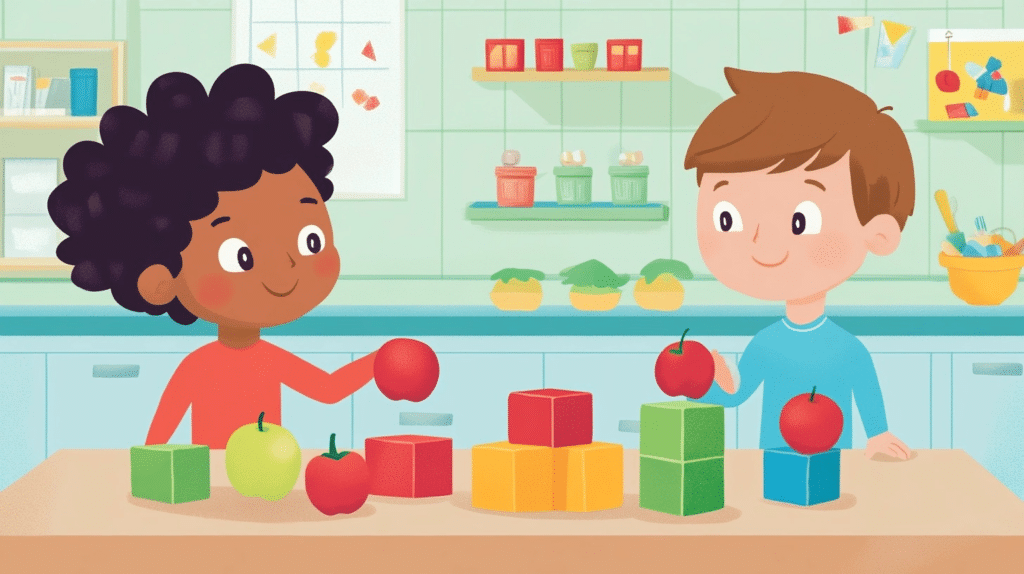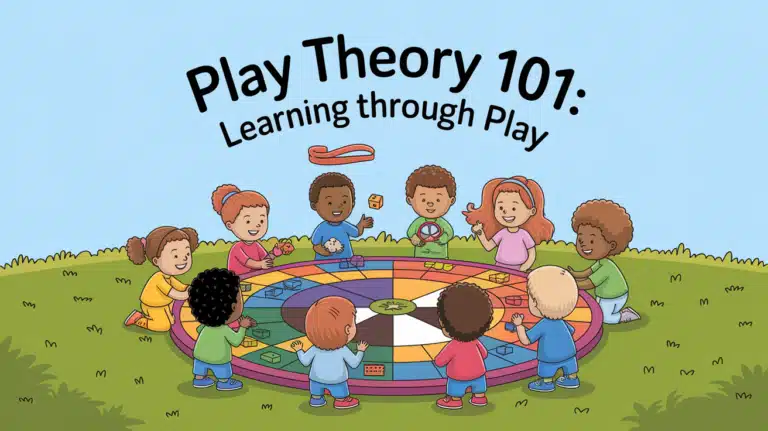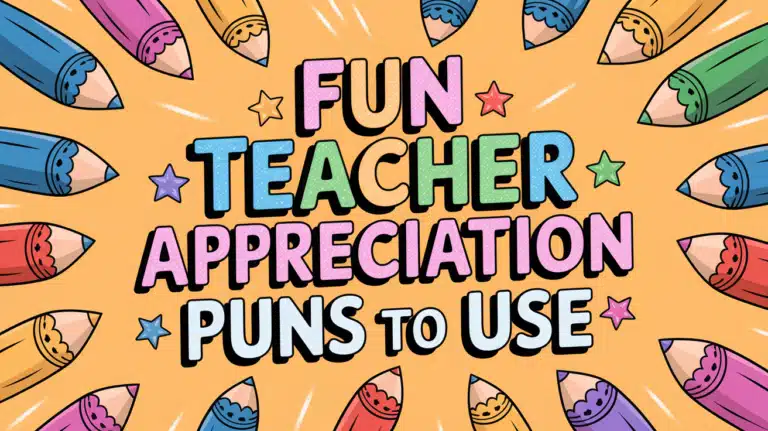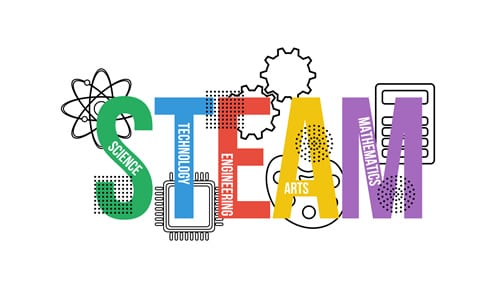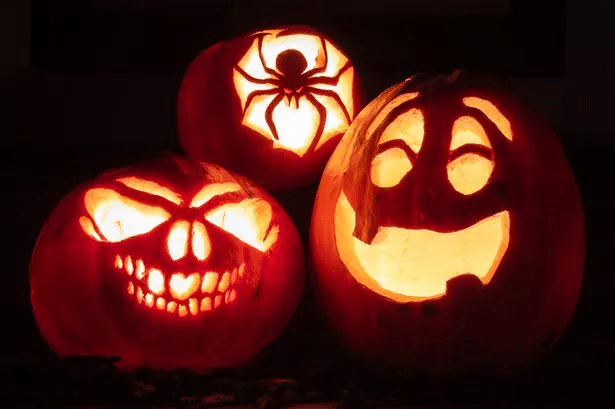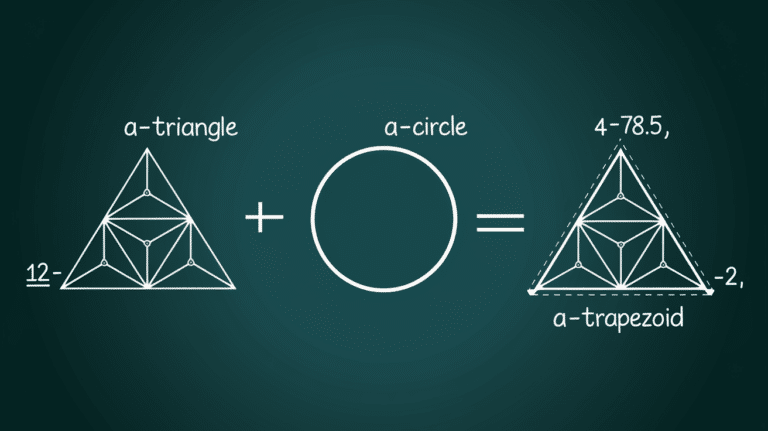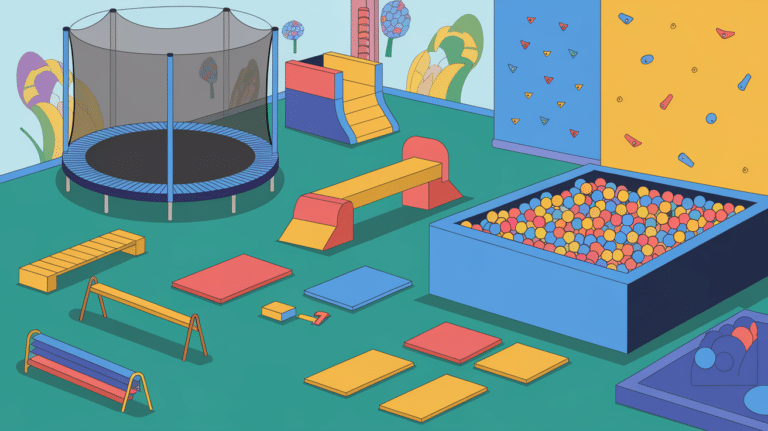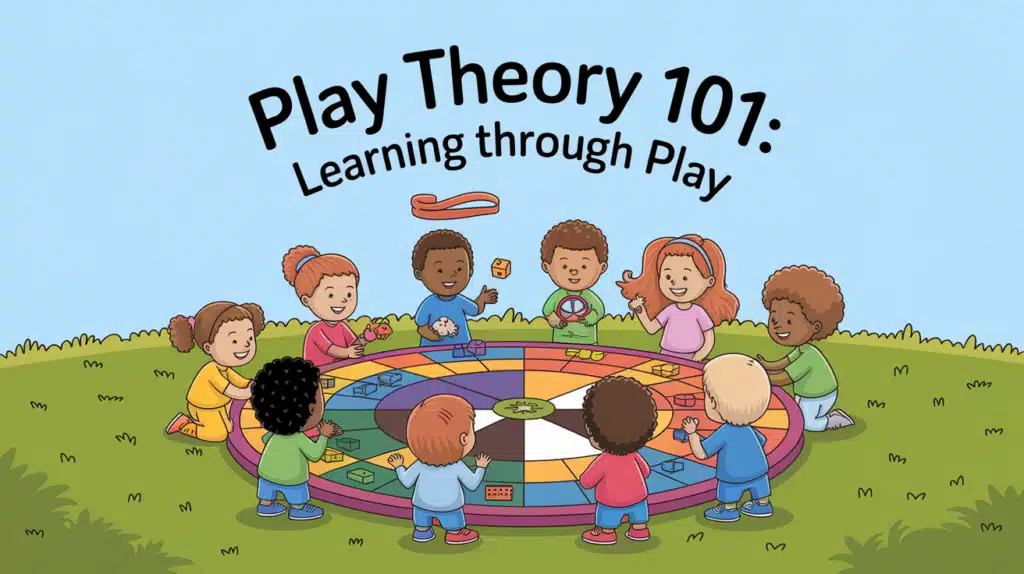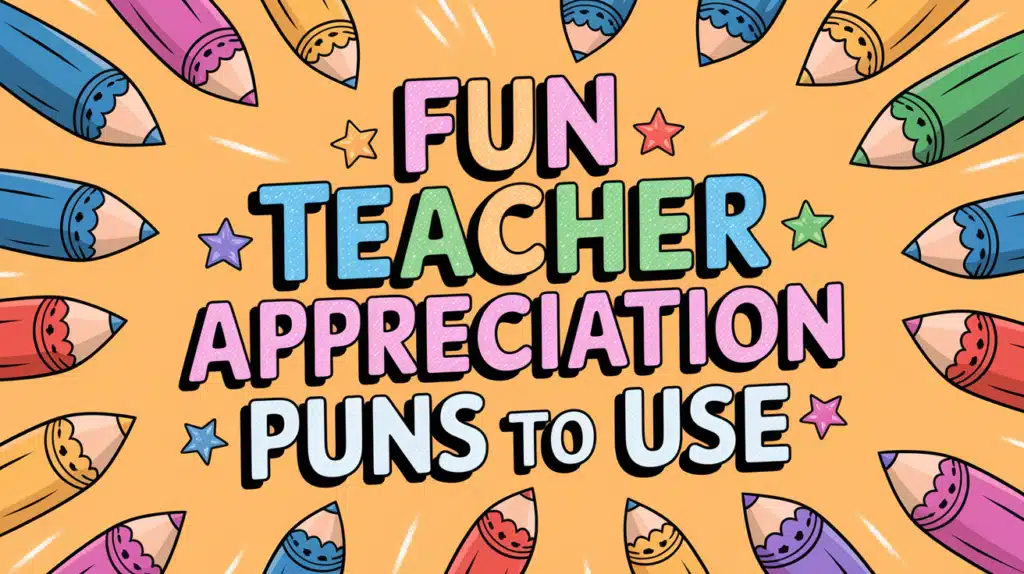Teaching kids to count goes beyond just reciting numbers. Most parents find that children can repeat “1, 2, 3” but don’t truly grasp what these numbers mean.
This gap between saying numbers and understanding them is a common challenge in early childhood education.
The correspondence technique helps bridge this gap. It’s a basic math concept that forms the foundation for all future math learning.
When children master this skill, they can connect each object with exactly one number word no skipping, no double-counting.
This blog will explain the correspondence technique, how it grows with your child, and five fun activities to build this skill at home. You’ll also learn how to spot when your child has fully grasped this important concept.
What Is One-to-One Correspondence
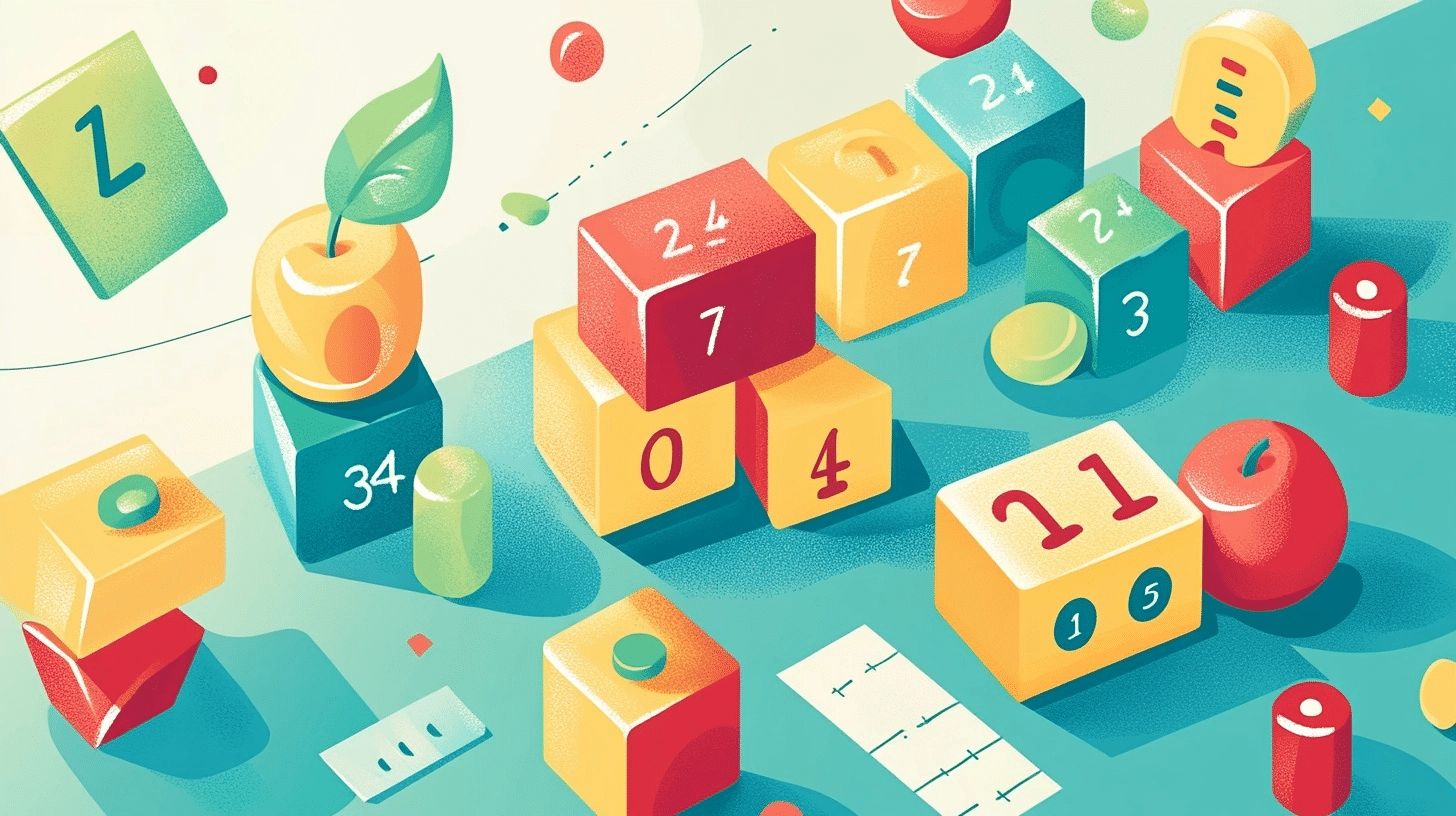
One to One Correspondence is a math concept where a child matches each item in a group to exactly one number word when counting.
For example, when counting three blocks, the child points to the first block and says “one,” then points to the second block and says “two,” and finally points to the third block and says “three.”
This skill shows that a child understands that numbers aren’t just words to say in order but have actual meaning tied to quantity.
Here are a few benefits of early learning :
- Builds a solid foundation for basic math skills
- Helps children understand the true meaning of numbers
- Improves counting accuracy and prevents skipping or double-counting
- Creates a link between abstract number words and physical objects
- Helps with number sense and quantity recognition
- Forms the basis for addition and subtraction concepts
- Improves problem-solving skills as children learn to match and organize
- Supports cognitive growth through hands-on learning
- Provides a stepping stone to more complex math concepts
Signs Your Child Is Ready for One-to-One Correspondence
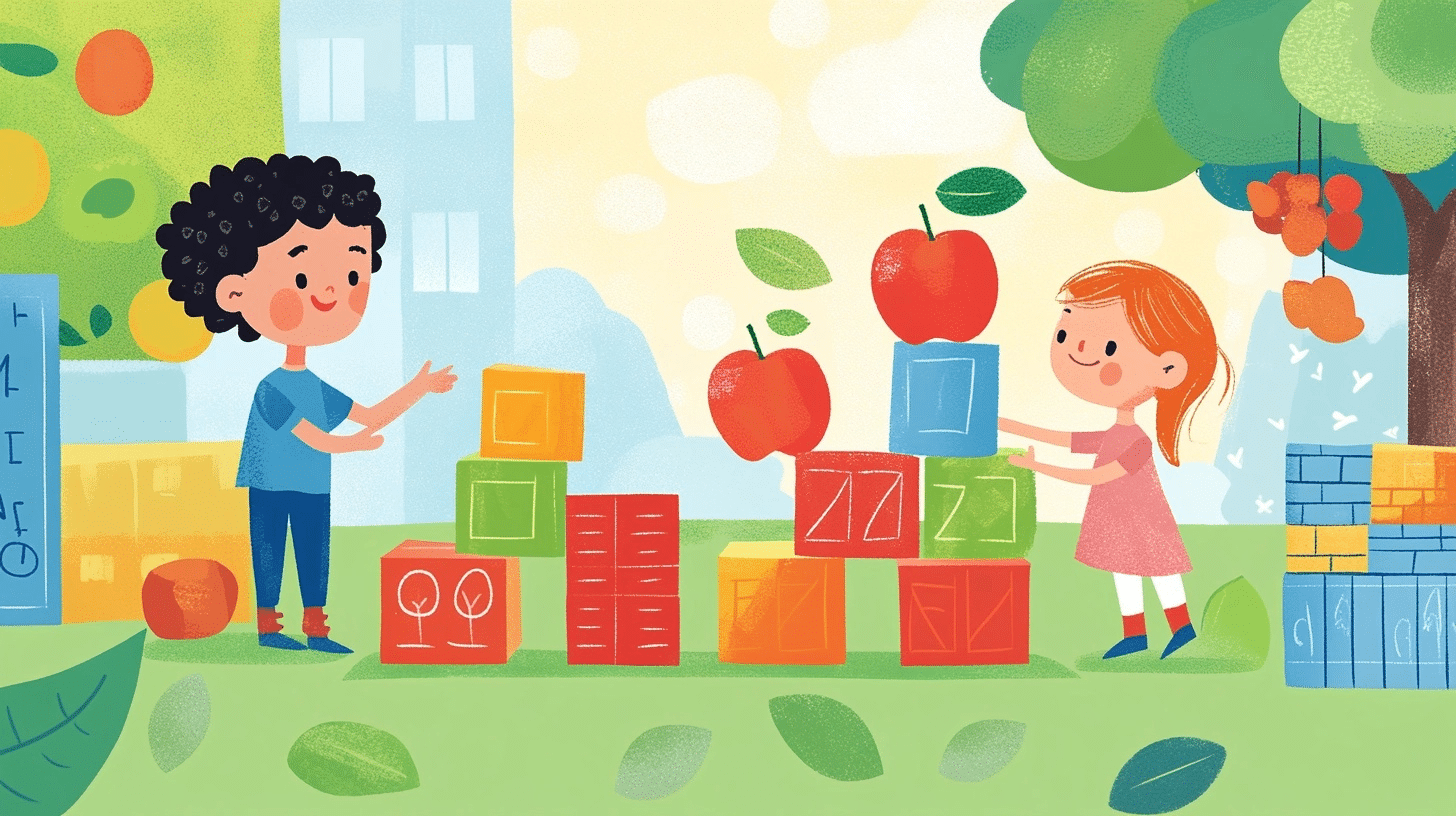
Children develop at different rates, but most start showing interest in counting around age two or three. Before teaching formally, it’s helpful to look for certain signs of readiness.
Here are key indicators that your child is ready to start learning this important math skill:
- Shows Interest in Counting: Your child begins to count out loud, even if they skip numbers or don’t count in the correct order. They might spontaneously count objects during play or daily activities.
- Recognize Small Quantities: They can identify groups of 1-3 items without counting, sometimes called “subitizing”. For example, they can tell there are two cookies on a plate just by looking.
- Uses Number Words: Your child uses number words in everyday speech, even if not always correctly. They might say, “I want two” or “more” when asking for something.
- Points to Objects: They point to things when naming or counting them, showing an early understanding of matching words to objects.
- Sorts and Groups Items: Your child shows interest in grouping similar items, which shows they can classify objects, a skill related to matching
How to Teach One-to-One Correspondence: Some Easy Ways
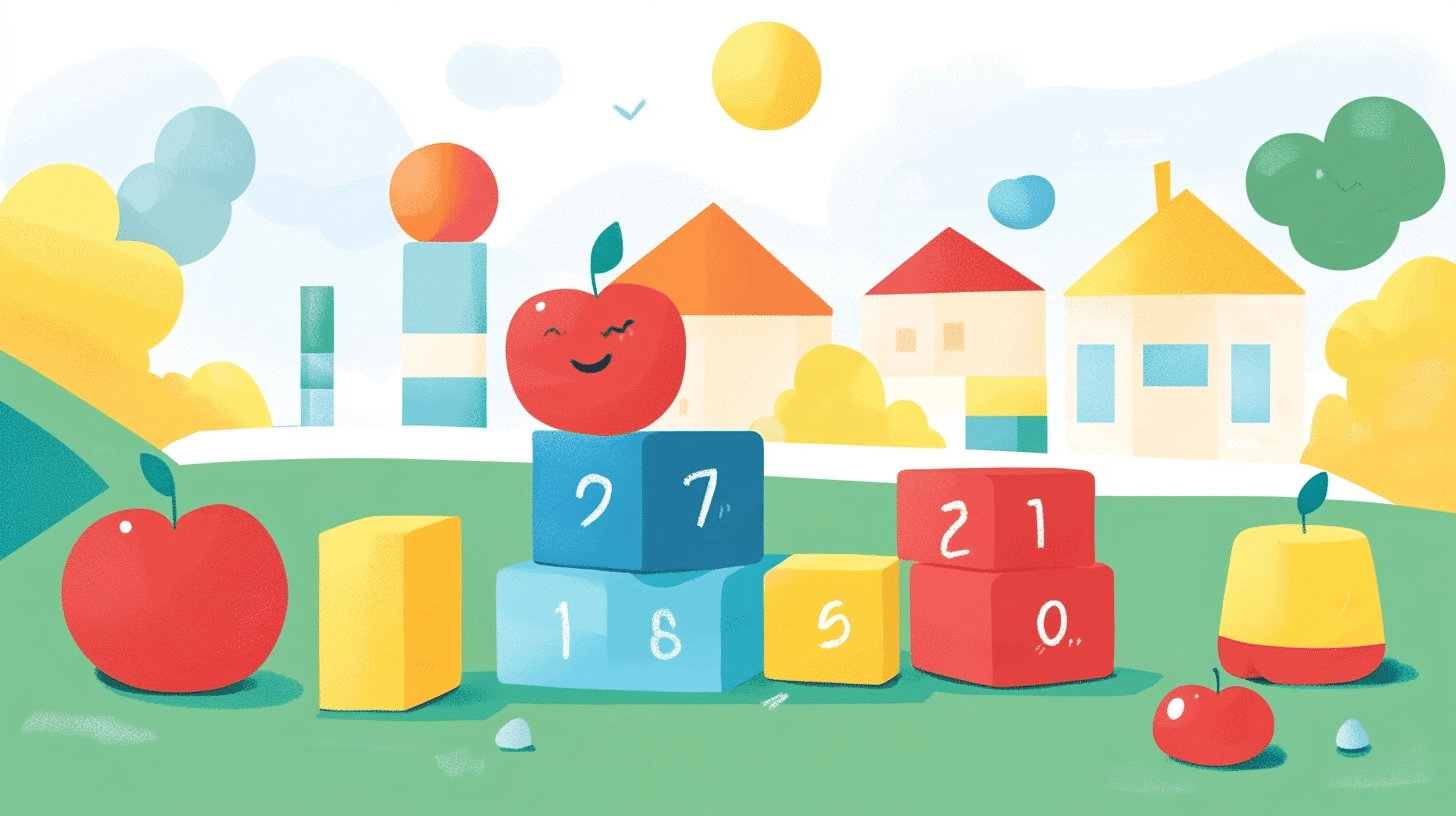
Teaching the Correspondence doesn’t need fancy tools or complex methods. With consistent practice and simple activities, you can help your child build this essential math skill.
Below are seven easy steps to introduce and reinforce the technique with your young learner:
1. Start With Small Numbers
Begin with just 1-3 objects. Place them in a row and count slowly, touching each item as you say its number. Keep it simple and repeat it often until your child gets comfortable.
2. Model Clear Counting
Show your child how to count correctly by pointing to each object and saying one number word. Make your movements deliberate so they can see the connection between the object and the number.
3. Use Concrete Objects
Use items your child can touch and move blocks, toys, or snacks work well. Physical interaction helps cement the understanding that each object matches one number.
4. Create Counting Games
Turn practice into play with simple games like “Count and Pass,” where you count objects as you pass them to each other, or “Counting Cleanup,” where toys get counted as they go in the bin.
5. Incorporate Daily Activities
Count steps as you walk upstairs, plates as you set the table, or socks as you fold laundry. These everyday moments provide natural counting practice.
6. Add Movement
Let your child hop, clap, or stomp as they count. The physical action, paired with saying the number, helps strengthen the connection between numbers and quantities.
7. Provide Gentle Correction
When your child makes counting mistakes, gently guide them back. Say, “Let’s count again,” and help them slow down to match each number to one object.
Top One-to-One Correspondence Activities for Kids
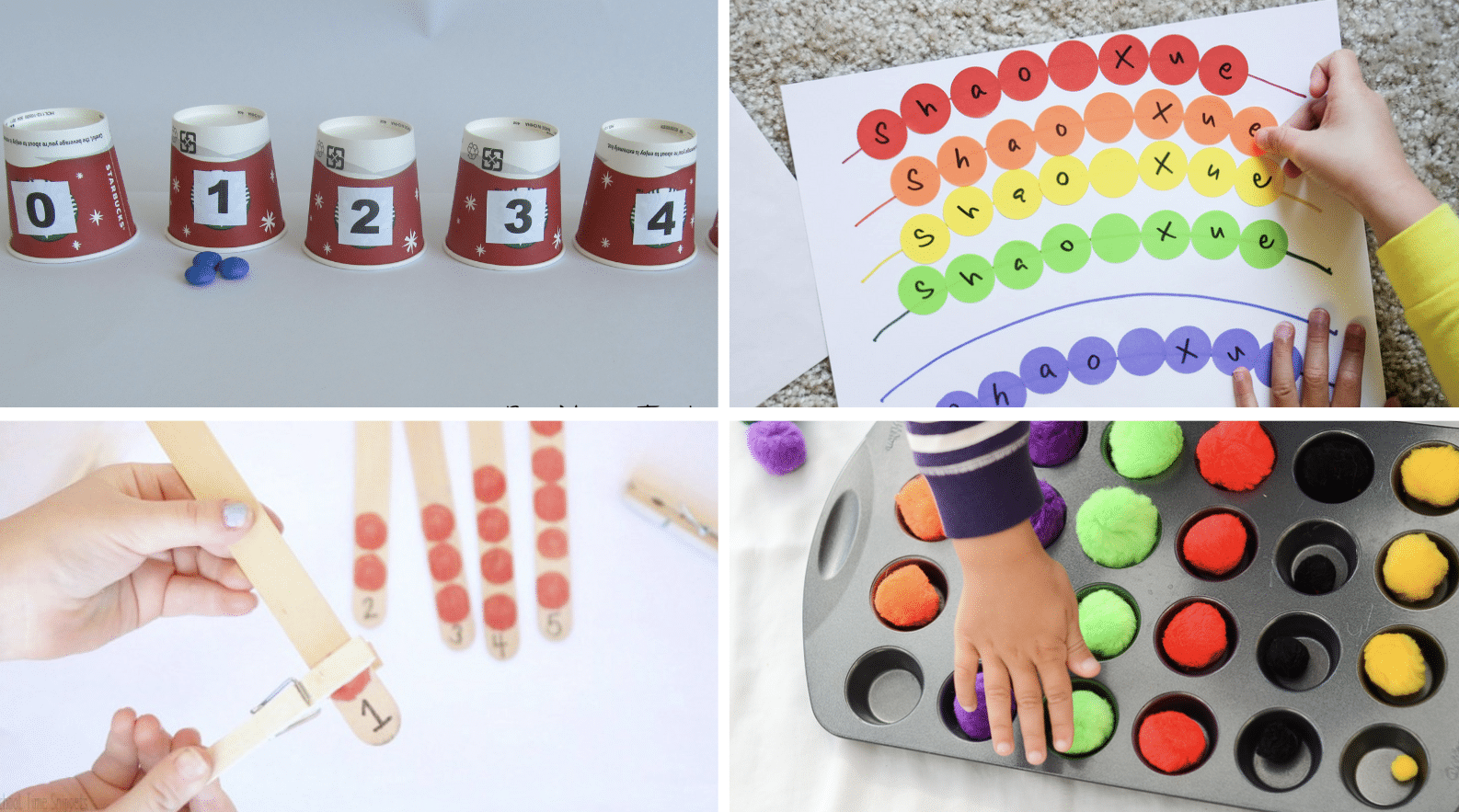
1. Counting Cups
Counting Cups is a simple yet fun activity where children match the number of objects with the corresponding number of cups. Kids can place items like buttons, marbles, or pom-poms into each cup while counting aloud.
This helps them develop an understanding of quantity and number recognition. By repeating this activity with different items and numbers, children enhance their ability to connect numerals with quantities, reinforcing the concept of one-to-one correspondence.
2. Muffin Tin Sorting
Muffin Tin Sorting involves using a muffin tin to organize and count various objects like colored buttons or small toys. Children practice sorting objects by color, size, or shape while counting how many fit into each section.
This activity promotes fine motor skills and cognitive development while reinforcing the one-to-one correspondence concept. The different compartments of the tin provide a visual aid for counting and categorizing, helping children connect numbers with physical objects.
3. Counting Steps
Counting Steps is an active learning game that encourages children to count each step they take while walking or climbing stairs. As they move, they say the numbers aloud, helping them make a connection between movement and numbers.
This activity is a great way to promote physical activity while reinforcing basic counting skills.
It also strengthens one-to-one correspondence, as each step directly corresponds to a number, reinforcing the concept in a kinesthetic way.
4. Snack Math
Snack Math combines learning with a treat! Children use their snacks, such as crackers, grapes, or pretzels, to practice counting and sorting. For example, they might count how many crackers they have or sort them by shape or size.
This activity helps children practice one-to-one correspondence while also making learning fun. It integrates math skills with a reward, creating a memorable experience that reinforces number recognition and counting skills.
5. Dot Stickers on Paper
Dot Stickers on Paper is a creative activity where kids use stickers to practice counting. By placing a specific number of dot stickers on a sheet of paper, children visually connect numbers with quantities.
They can count the stickers as they go, reinforcing the concept of one-to-one correspondence. This activity is engaging, promotes fine motor skills, and offers a hands-on way to practice counting, making it an effective way to teach number recognition.
6. Clothespin Counting
Clothespin Counting uses colorful clothespins and a corresponding number chart to reinforce counting skills. Children attach clothespins to a set number of items on a board, matching the quantity to the number shown.
This activity encourages the development of both counting skills and fine motor control. As children pinch and clip clothespins, they also practice the concept of one-to-one correspondence, as each clothespin corresponds to a number.
7. Parking Lot Numbers
Parking Lot Numbers is an engaging activity where children match numbered toy cars to numbered parking spaces drawn on a large sheet of paper or a mat.
As children “park” their cars in the correct spots, they count aloud and make the connection between the numbers and the cars.
This hands-on activity enhances counting skills while making the one-to-one correspondence concept tangible and enjoyable. It also fosters a fun and interactive learning environment.
8. Ice Cube Tray Counting
Ice Cube Tray Counting involves using an ice cube tray to count small objects like marbles or beads. Each compartment of the tray represents a specific number, and children fill the sections while counting aloud.
This simple but effective activity helps children understand one-to-one correspondence by connecting numbers with objects in a visual and tactile way.
It’s an excellent method for reinforcing counting and number recognition in a fun, low-preparation activity.
9. Counting Songs With Actions
Counting Songs with Actions use music and movement to help children learn to count. Songs with accompanying hand motions or physical actions encourage children to practice counting while engaging in a fun, active experience.
The rhythmic nature of the songs aids memory, and the actions support the concept of one-to-one correspondence, as each action corresponds to a number.
It’s a lively, interactive way for children to reinforce their counting skills in a social and dynamic setting.
Common Mistakes in One-to-One Correspondence

Children often make predictable errors when learning to count with the correspondence technique. Some skip objects or count the same item twice. Others rush through counting without pointing to each object, or they say number words faster than they can match them to items.
Sometimes, kids will count correctly but answer incorrectly when asked “how many” because they don’t understand that the last number represents the total.
To help, slow down the counting process. Use your finger to gently guide your child’s hand to touch each object while saying the number.
Create a game of moving objects into a “counted” pile. For children who forget the final count, ask, “So how many altogether?” right after counting. Be patient and make practice playful; most children need many repetitions before mastering this skill. Celebrate small improvements to keep motivation high.
Toys You Can Use to Boost One-to-One Correspondence Skills
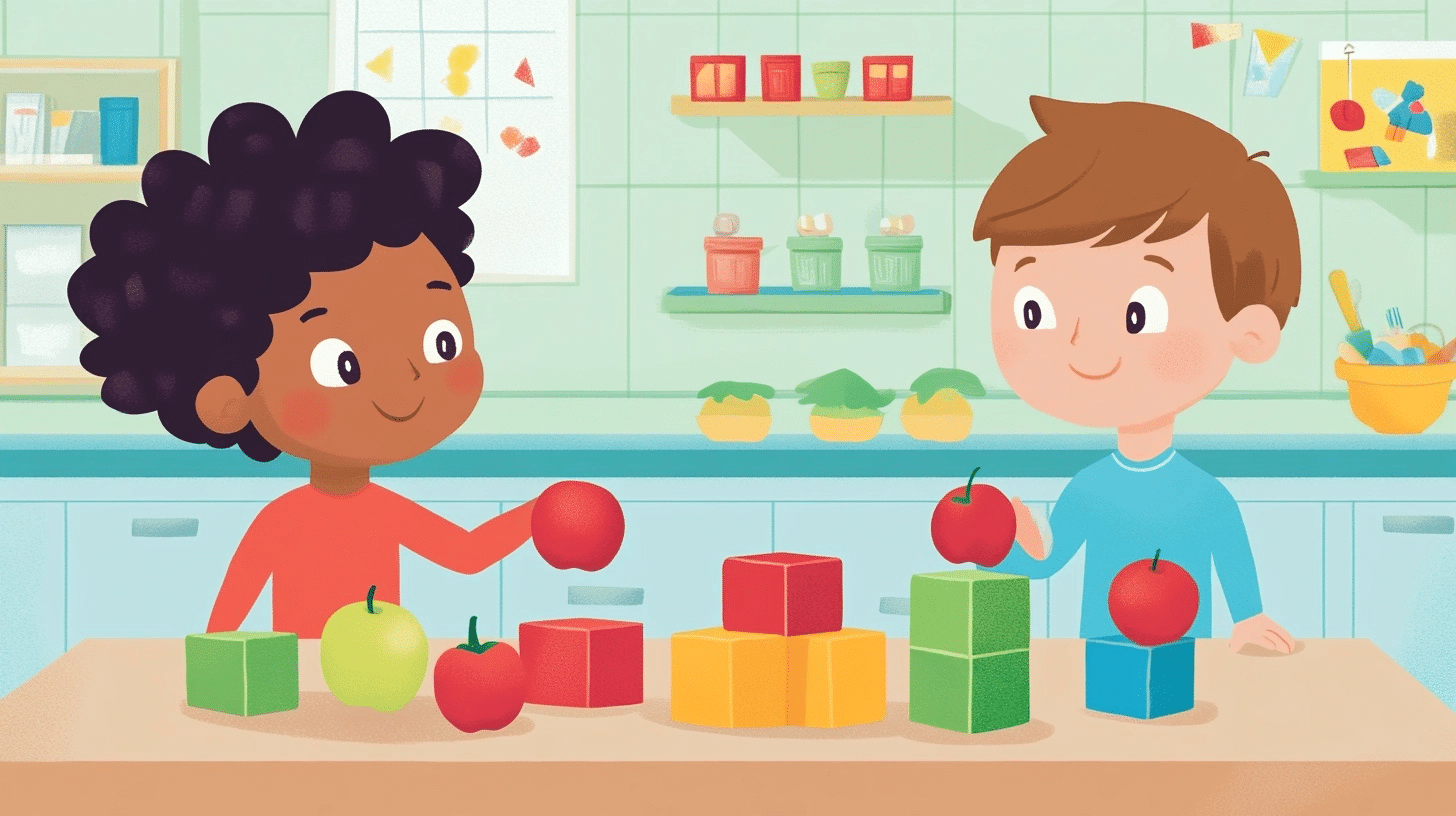
You don’t need to spend a fortune on special materials to help your child learn. Many everyday items work perfectly, and a few well-chosen toys can make counting practice more fun.
Here’s a collection of simple tools and toys that can help your child master this important math skill:
- Counting bears – These colorful manipulatives come in different colors for sorting and counting activities
- Number puzzles – Puzzles with numbers and corresponding quantities help children make visual connections
- Dominoes – Great for matching quantities and recognizing dot patterns
- Dice games – Rolling dice and counting dots helps with quick quantity recognition
- Measuring cups – Fill with water or sand to different levels and count as you pour
- Building blocks – Count as you stack and build, reinforcing both number sequence and quantity
- Stringing beads – Count aloud as your child strings each bead onto a lace
- Magnetic numbers – Place on the refrigerator with the matching number of magnets beside each numeral
- Counting books – Books specifically designed with countable images on each page
- Muffin tins – Place one item in each cup and count together
- Playing cards – Use the number cards for matching activities or counting the symbols
- Toy cars or animals – Line them up for counting practice with objects your child already loves
The Bottom Line
One-to-one correspondence might seem like a small step, but it’s truly the gateway to mathematical thinking. By taking the time to build this skill, you’re setting your child up for success in all future math learning.
Remember that learning happens at different rates for each child. Some grasp this concept quickly while others need more time and practice. The key is making counting a regular, fun part of your daily routine.
As your child grows more confident in matching objects to numbers, you’ll notice them applying this skill in new situations without prompting. That’s when you know they’ve truly mastered it.
With the activities and tips in this guide, you’ve got everything you need to help your young learner build a strong foundation for math, one count at a time.

